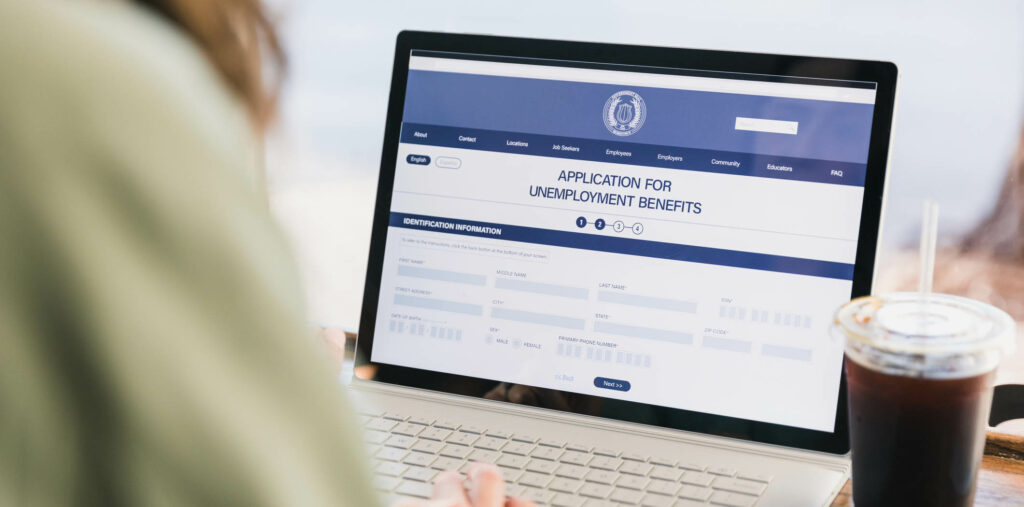
This project documents and explains an unprecedented increase in the take-up of Unemployment Insurance in California during the COVID-19 pandemic.
Background
The US policy response to employment disruption during the COVID-19 pandemic relied heavily on providing financial support through the Unemployment Insurance (UI) program, including through providing larger benefits, expanding eligibility for benefits, and increasing how long people could receive benefits. However, there were concerns about this approach because in past recessions, large proportions of unemployed workers did not receive Unemployment Insurance (UI) benefits.
Existing estimates of UI benefit take-up during the pandemic vary, but most point to dramatic increases. Potential explanations for this trend include the severity of the economic downturn, policy changes which eased access to UI during the pandemic, and policy changes which made UI benefits more generous during the pandemic. Disentangling these three explanations will shed light on which strategies more effectively increase take-up generally, and will also enrich our understanding of the social costs of expanded UI benefits.
Research Project
The project uses administrative UI claims and employer-employee linked earnings data to investigate patterns in UI take-up over time and across different groups of workers in California. Preliminary results show that take-up more than doubled during the COVID-19 pandemic and the scale of take-up motivates our focus on explaining this trend. We use a series of natural experiments to empirically evaluate the three previously mentioned explanations for increased take-up.
Research Team
Professor Till von Wachter (Principal Investigator), Dr. Geoffrey Schnorr, and Gus Rodriguez
Results
Forthcoming
